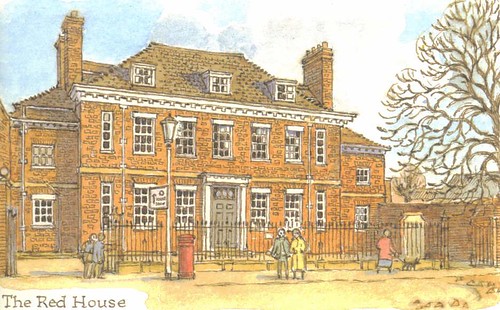… suitable for the season.
Best: Dissolution, by C.J. Sansom: A well-done account of an 16th-century honest hunchbacked detective, in the service of the dastardly Thomas Cromwell, who is given the job of finding out who killed the vicar-general’s last agent in a Sussex monastery whose days are clearly numbered. The fact that he and his servant get undressed for bed all the time is vital to the plot, if I suspect historically inaccurate. The ending – answers on an e-mail if you want to know – is surprising, if improbable. (I’ll be buying the sequel.)
Not bad: Rough Trade, Dominique Manotti, a translated-from-the-French detective story/thriller hybrid set in the seemy side of Paris, with distinctly left-ish credentials, being built around the Turkish illegal workers (successful) push for residency rights in 1980.
Don’t bother: The Well of Lost Plots, Jasper Fforde: has had rave reviews and been compared to the work of Douglas Adams. It has some of the wit and none of the intelligence, reminding me of those endless Radio 4 comedy shows in which Oxbridge-type males try to demonstrate how clever they are with word games.


 About
About